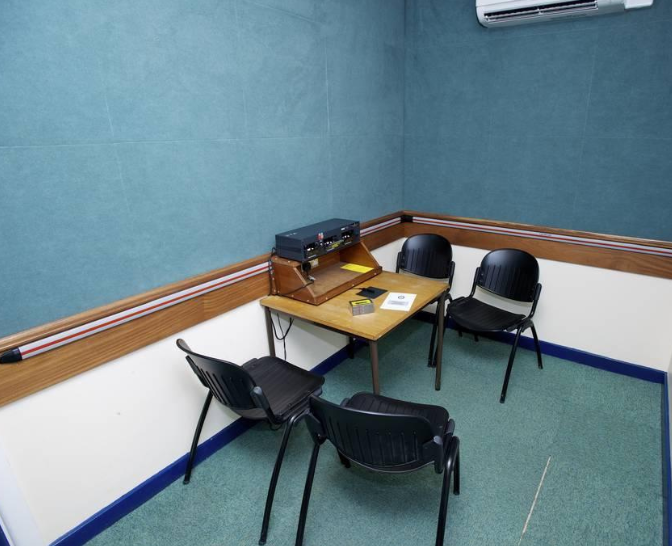JARMAC Editor's Choice: September 2018
/Holding Yourself Captive: Perceptions of Custody During Interviews and Interrogations
Authors: Fabiana Alceste, Timothy Luke, Saul Kassin
Police must inform people of their Miranda rights when they are being questioned about a crime while “in custody”. Two experiments assessed what it means to be “in custody” from the perspective of both participants and observers. Participants were interviewed as witnesses or interrogated as suspects about an alleged theft that occurred in their presence; observers then watched videotapes of these sessions. Most participants—even those interviewed as witnesses, not suspects—felt as if they were in custody and were not free to leave. In contrast, observers perceived participants as free to leave while being interviewed but not when interrogated as suspects. These studies thus contradict assumptions made by U.S. courts about custody and, therefore, the protection that it is supposed to offer.
Multiple-Choice Testing in Education: Are the Best Practices for Assessment Also Good for Learning?
Author: Andrew C. Butler
Multiple-choice tests are commonly used to assess learning in education because they offer numerous advantages relative to other formats. Although these tests are tools for assessment, they can also be used to facilitate learning as the act of retrieving information strengthens memory for that information. This review article illustrates the consensus between the assessment and learning literatures in the best practices for creating and using multiple-choice tests.
Applying self-processing biases in education: Improving learning through ownership
Authors: Sheila Cunningham, Lynda Scott, Jacqui Hutchison, Josephine Ross, Doug Martin
When objects are owned by self (e.g., one’s own coffee cup), they are highly memorable because we prioritise information associated with ourselves. Two experiments tested whether this ownership effect can be applied in learning to improve 7-9 year old children’s memory. Children either chose cards depicting unusual shapes to own or were assigned their shape cards by the experimenter. The experimenter also chose or was assigned shapes to own, while other shapes remained un-owned. Children later recalled more of the self-owned shapes than those owned by the experimenter, or un-owned shapes. Educators should take advantage of ownership games because they could be used to support children’s learning.





